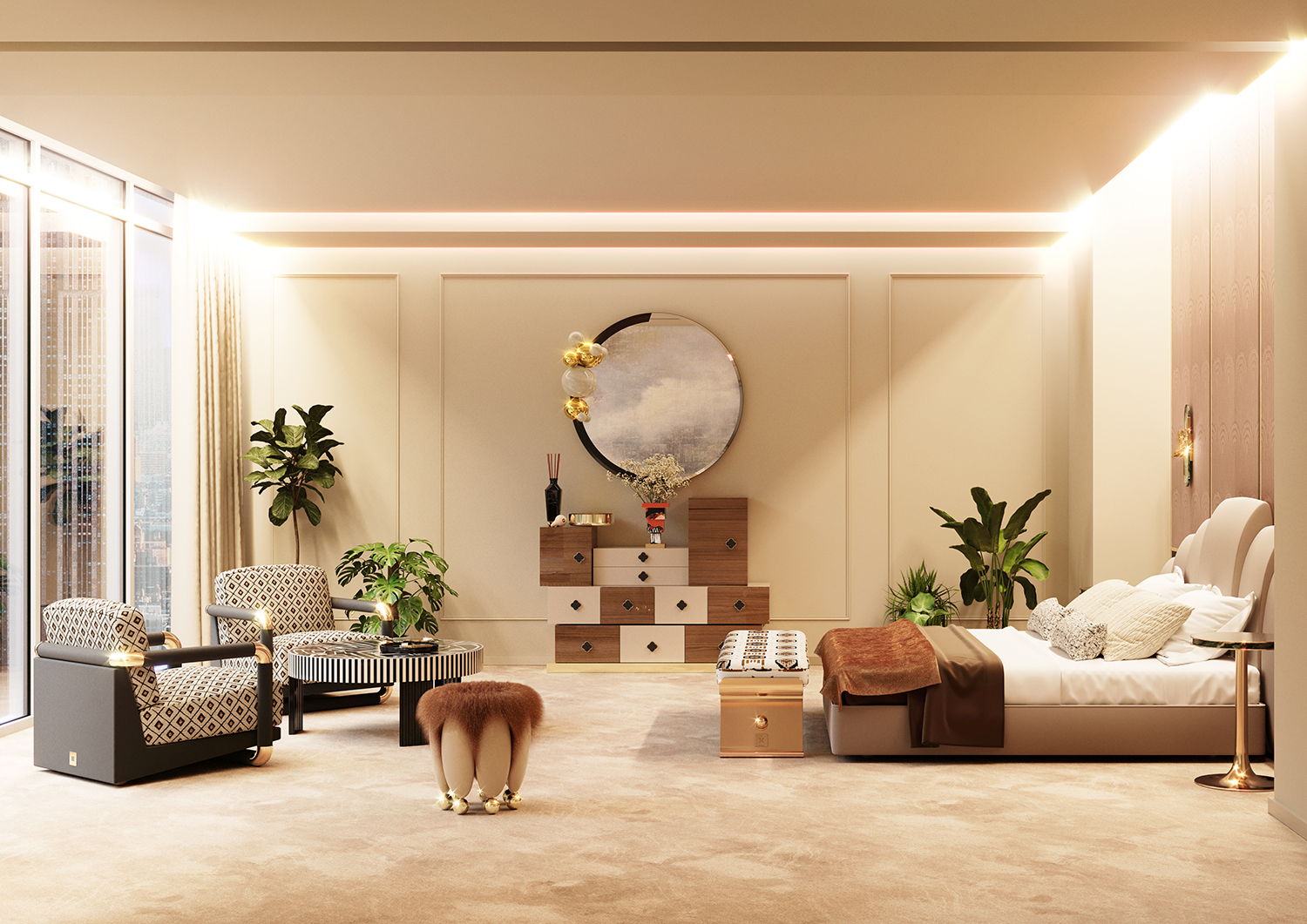Achieve a stunning look with miami interior design that reflects elegance and functionality.
Achieve a stunning look with miami interior design that reflects elegance and functionality.
Blog Article
Change Your Home With Crucial Concepts of Interior Decoration and Appearances
By understanding the effect of color theory and the relevance of texture and patterns, one can develop areas that are not only visually attractive however additionally deeply personal. Achieving this equilibrium entails even more than simple decoration; it incorporates a tactical arrangement and an eager understanding of just how each element communicates within an area.
Recognizing Color Theory
Recognizing the principles of shade concept permits designers to create rooms that resonate mentally with residents while meeting useful demands. Each category plays a crucial function in developing harmony within a space.
The mental impact of colors is extensive; cozy tones such as reds and oranges evoke power and heat, while cool tones like blues and greens advertise peace and tranquility. The usage of complementary colors enhances visual passion, creating striking contrasts that can boost an area's charm.
Neutral shades, on the various other hand, act as a flexible backdrop, enabling various other design elements to shine. It is vital to think about factors such as illumination and the room's purpose when selecting a shade scheme, as these can alter the understanding of shades throughout the day.
Ultimately, a well-considered color design can transform a room, cultivating a feeling of comfort and style that straightens with the residents' choices. Mastery of color concept is, for that reason, a crucial skill for any type of indoor designer aiming to produce unified and inviting environments.
Attaining Equilibrium in Style
How can developers achieve a feeling of equilibrium in their areas? Achieving equilibrium in style is basic to producing unified interiors.
Asymmetrical equilibrium, on the other hand, counts on varying elements that still accomplish a cohesive look. This approach permits more vibrant and informal setups, offering rate of interest while preserving balance. By carefully picking differing sizes, shades, and textures, designers can produce a visually engaging room that really feels well balanced yet energetic.
Radial balance highlights a central prime focus with elements radiating outside. This style is commonly seen in round formats, where furniture and decor develop a cohesive border that attracts the eye inward.
Inevitably, attaining equilibrium needs thoughtful factor to consider of scale, percentage, and the connections between aspects. miami interior design. By skillfully applying these equilibrium principles, designers can transform areas right into settings that really feel both visually pleasing and functionally harmonious, boosting the total experience for residents
Significance of Spatial Awareness

An eager sense of spatial awareness enables developers to recognize focal points within an area, directing the viewer's focus to crucial features while maintaining a total feeling of unity. It also aids in the calculated placement of lights, which can significantly influence the perception of space and state of mind. Recognizing spatial partnerships enables the designer to cater to the specific requirements of residents, guaranteeing that each area serves its desired objective without jeopardizing aesthetic appeals.
Ultimately, spatial understanding is crucial for making best use of the capacity of any type of interior space. By thoroughly considering the interaction between dimensions, format, and function, designers can develop environments that not only satisfy practical requirements yet additionally stimulate a sense of convenience and charm, improving the total living experience.
Incorporating Structure and Patterns
Accepting a varied variety of appearances and patterns can considerably boost the visual and tactile appeal of an interior area. The strategic use of numerous products-- such as timber, metal, material, and rock-- develops depth and interest, making an area feel a lot more inviting and vibrant. Incorporating smooth surfaces with harsh appearances can establish an equilibrium that attracts the eye and engages the detects.
When incorporating patterns, consider both scale and repeating. Large patterns can serve as focal points, while smaller, refined designs can match other elements without overwhelming the area. Layering patterns, such as pairing floral pillows with candy striped tosses, includes intricacy and a feeling of consistency if implemented attentively.
It is also vital to keep a cohesive shade scheme, making sure that structures and patterns interact as opposed to compete for focus. By choosing a few essential structures and patterns, you can develop a linked aesthetic that reflects your individual design while enhancing the general atmosphere of the room. Eventually, the cautious consolidation of these elements can transform an ordinary area into an advanced helpful resources environment rich with personality and warmth.
Personalizing Your Area
Producing a space that reflects your individuality is essential to achieving a genuinely welcoming setting. Personalization in indoor layout permits you to infuse your unique design and rate of interests into your home, changing it from a plain sanctuary into a sanctuary that speaks to who you are. Begin by picking a shade combination that reverberates with your feelings-- bold tones can energize, while soft tones use tranquility.
Incorporate artwork and decoration that mirror your passions, whether it be travel, nature, or abstract ideas. Presenting personal collections, such as publications, photographs, or keepsakes, can evoke cherished memories and develop prime focus within a room. Furthermore, take into consideration customizing useful items, like upholstered furnishings, to line up with your aesthetic preferences.

Final Thought
In final thought, the change of a home through the essential principles of interior decoration and aesthetic appeal necessitates read more an extensive understanding of color theory, equilibrium, spatial understanding, appearance, and personalization. Each element adds significantly to developing an unified and useful living environment - Architecture Firm. By thoughtfully incorporating these concepts, individuals can enhance the aesthetic charm and emotional resonance of their spaces, ultimately promoting a home that mirrors distinct read what he said identifications while offering comfort and practicality
Report this page